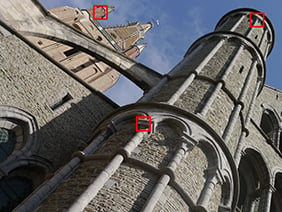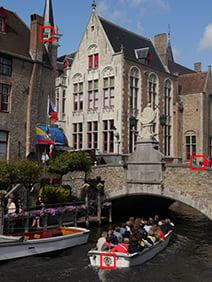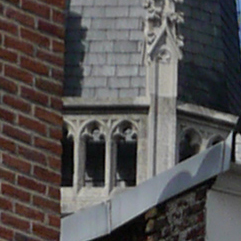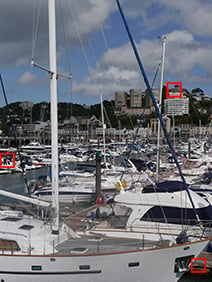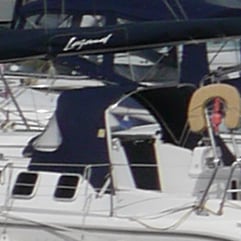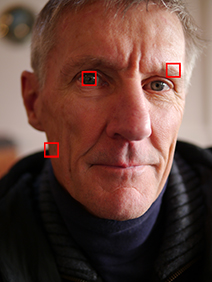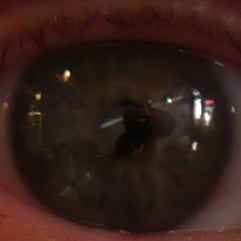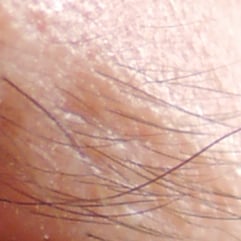The Panasonic Leica 25mm f1.4 has an effective field of view of 50mm which makes it a little short to be considered a classic portrait lens, but many including myself still use it as their main option when photographing people. For a tighter head and shoulders shot like this, you’ll need to get quite close to your subject, at a distance which some may find uncomfortable, but the flipside is greater intimacy and connection with the subject. From this close range it’s easy to achieve sharp details against a nicely blurred background with the aperture fully-opened to f1.4. Remember in terms of effective depth of field, this is comparable to using a 50mm f2.8 lens on a full-frame system, so the depth of field won’t ever be razor thin, but on the upside it will be more forgiving on focus without sacrificing two stops of light to get there. That said, if you take a closer look at this image you’ll see the subject’s ear is still comfortably falling outside the plane of focus which illustrates the degree of focus isolation most people desire from a lens like this. Indeed while the Olympus 45mm f1.8 is technically a better choice for classic portraits, I personally turn to the Panasonic Leica 25mm f1.4 for most of my people shots. I find it strikes the right balance of achieving a shallow depth of field without becoming too challenging to focus successfully. I have a much higher hit rate when photographing kids with this lens rather than the longer options and they seem to respond better to the closer shooting distance too. When shooting with, say, the Olympus 45mm f1.8 or 75mm f1.8 wide open, you really need a co-operative adult subject who’ll keep still. Panasonic Leica 25mm f1.4 on Panasonic GX1 (100% crops) | | | | | | 1/100, f1.4, 160 ISO, 25mm (50mm equivalent) |
|
